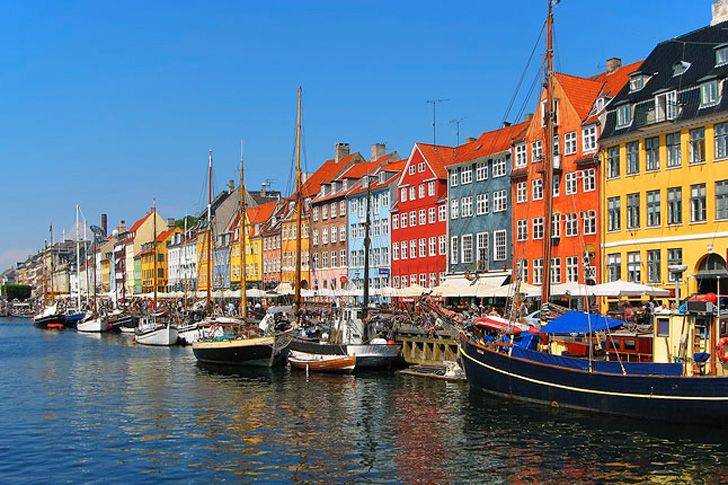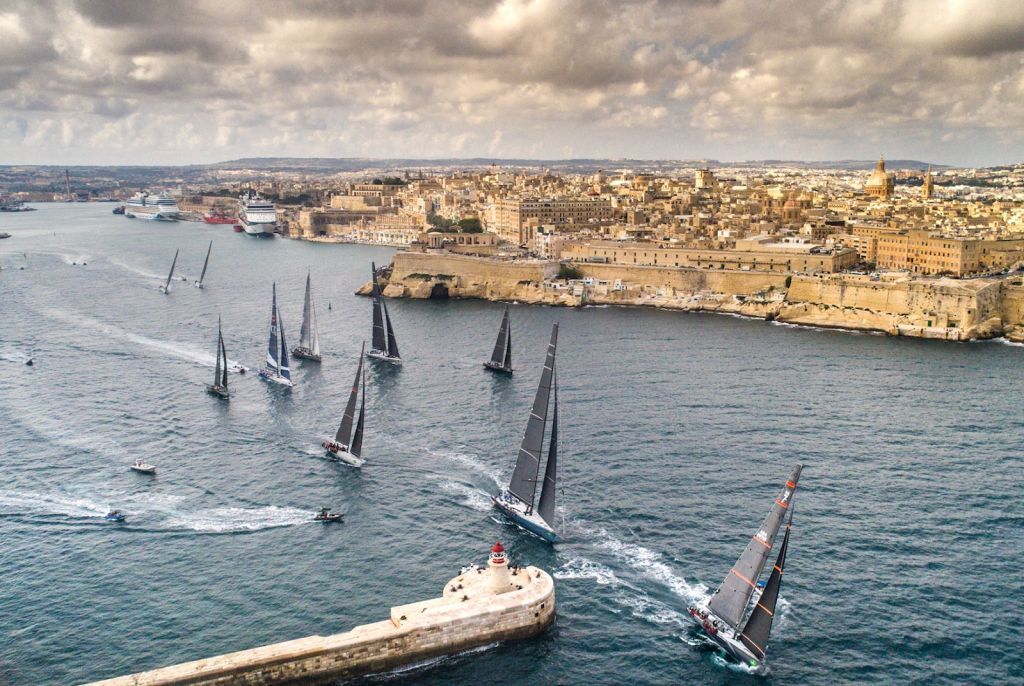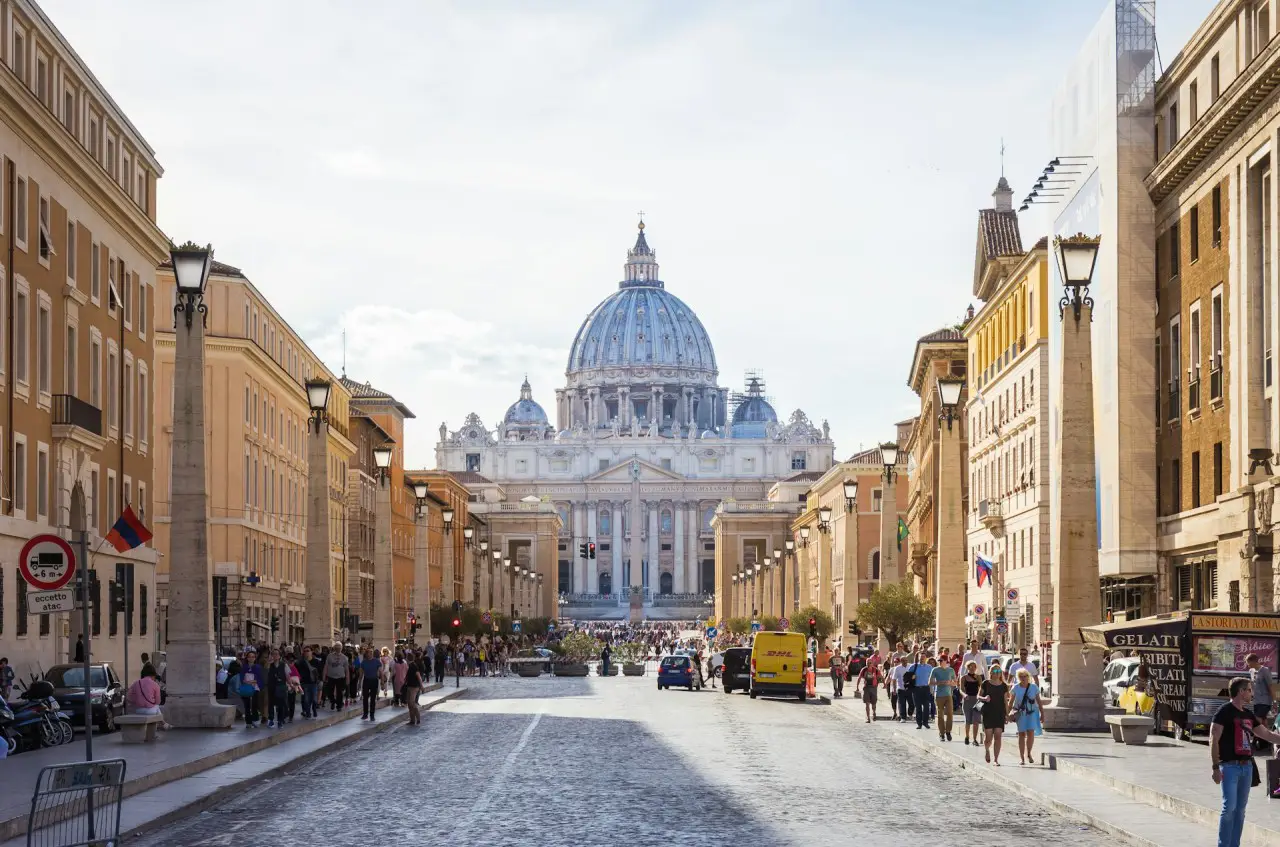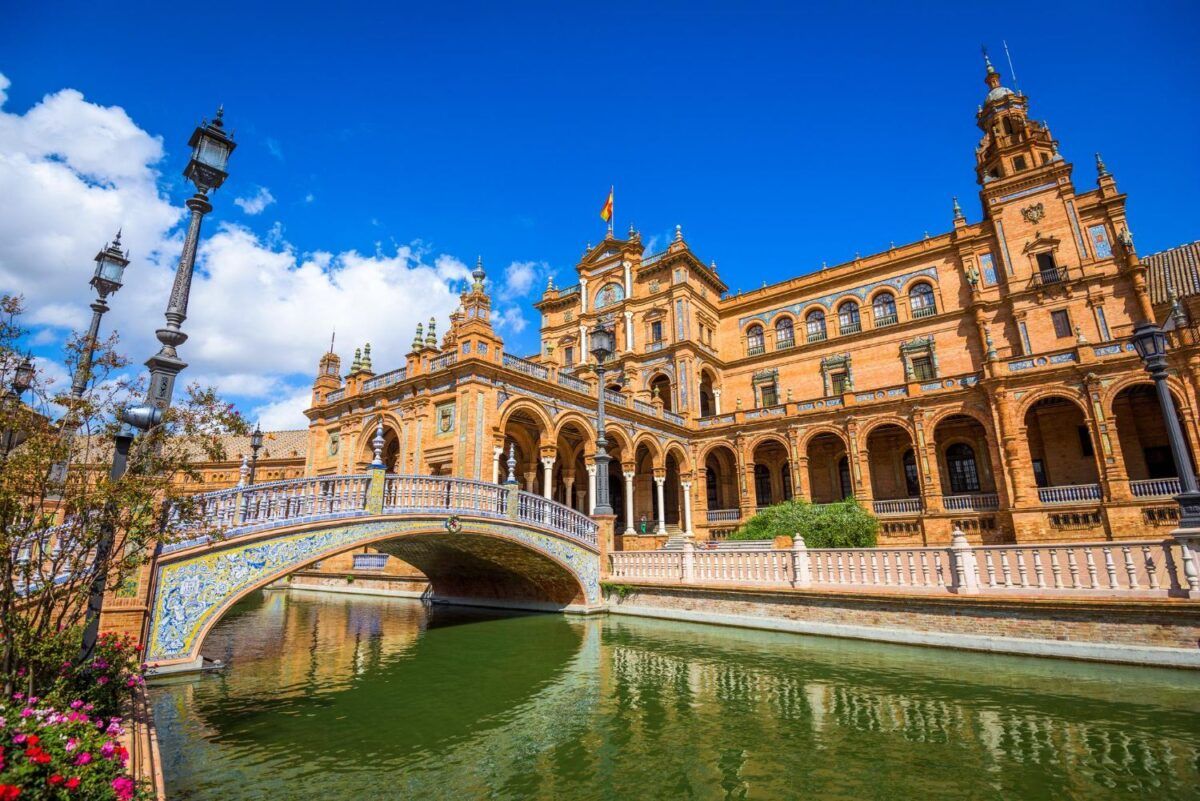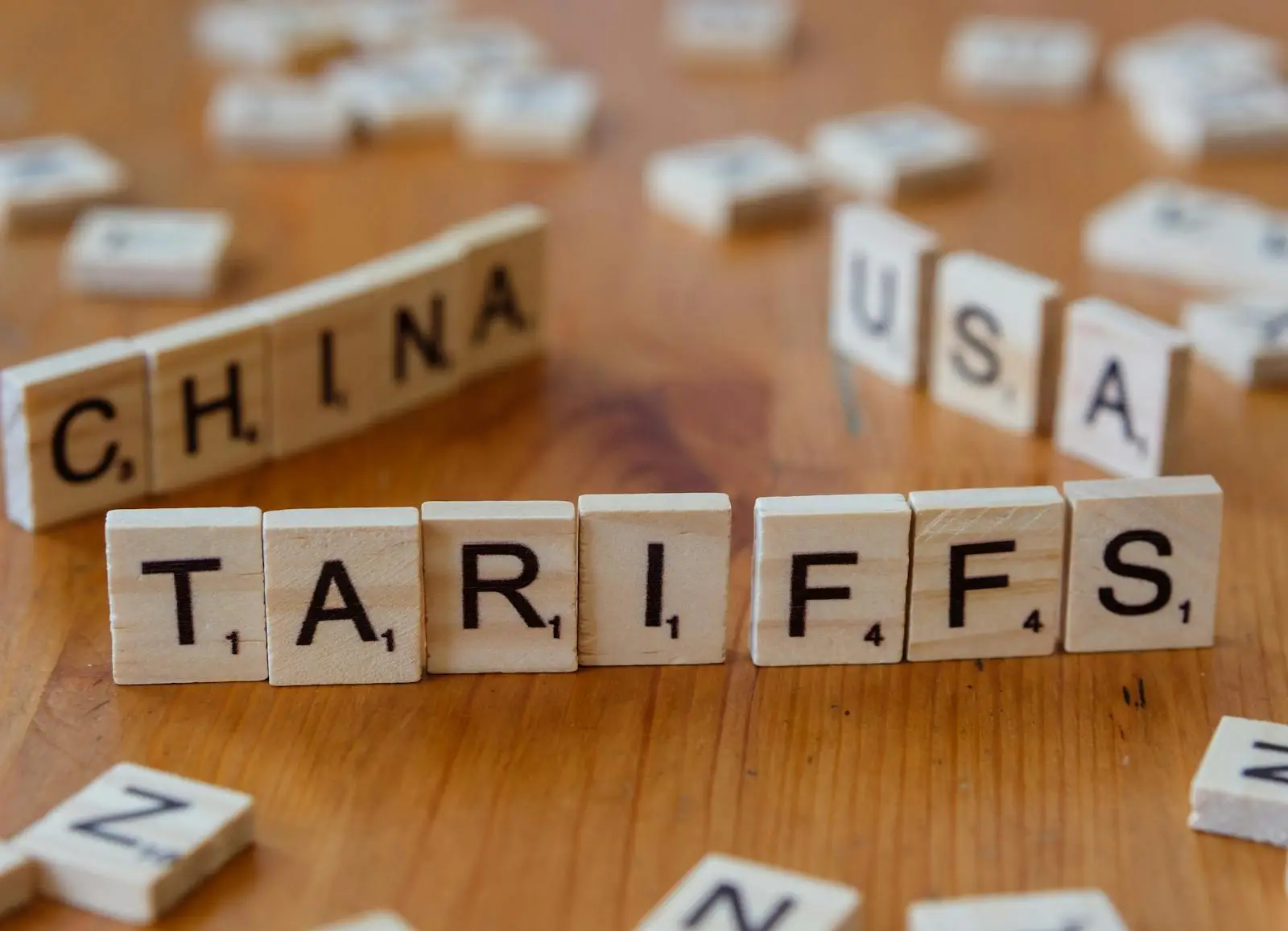The safety of India’s old and extensive train system is being questioned after a massive accident that killed over 280 people and injured more than 1,000 in Odisha state on Friday, June 2.
The accident occurred in the Balasore district of Odisha late Friday and a massive rescue operation was carried out involving the National Disaster Response Force, military and other agencies, according to officials.
Indian Prime Minister Narendra Modi on Saturday visited the train crash site. “He interacted with local authorities, personnel from the disaster relief forces and railways officials. He emphasized the ‘Whole of Government’ approach to mitigate this monumental tragedy,” India’s Press Information Bureau said on Twitter about Modi’s visit.
He asked concerned authorities to “ensure all needed help is provided to the injured and their families,” according to the government agency.
After meeting the injured people, Modi told public broadcaster Doordarshan that instructions were issued for a comprehensive probe, and said those found guilty will be punished severely.
He pledged that the government will leave no stone unturned to provide treatment to the injured.
Earlier, the Indian premier held a high-level meeting in New Delhi to get briefed about the situation in the wake of the railway accident.
A report issued by Odisha’s emergency operation center on Saturday described the crash as a “three-way accident,” which involved Bengaluru-Howrah Superfast Express, the Coromandel Express and goods train on “three separate tracks” at Bahanaga market station. The official said the Coromandel Express, which was traveling from Shalimar to Chennai, hit a freight train, derailing several coaches into the opposite track. The Howrah Express, which was traveling in the opposite direction from Yesvantpur, slammed into the overturned carriages at high speed.
“17 coaches of these two trains have been de-railed and severely damaged,” it said, adding that around 1,000 people have been injured.
India’s extensive rail network, one of the largest in the world, was built more than 160 years ago under British colonial rule. Today, it runs about 11,000 trains every day over 67,000 miles of tracks in the world’s most populous nation. (AA, CNN)




